Carving-Ski und All-Mountain-Ski haben jeweils ihre Stärken auf präparierten Pisten. Hier die kurze Zusammenfassung:
- Carving-Ski: Am besten für scharfe, präzise Kurven und hohe Stabilität bei Geschwindigkeit auf präparierten Pisten. Ideal für fortgeschrittene Skifahrer, die sich auf Technik konzentrieren.
- All-Mountain-Ski: Hervorragend für Vielseitigkeit, geeignet für präparierte und gemischte Gelände. Perfekt für fortgeschrittene Skifahrer, die Flexibilität wünschen.
- Snowfeet Skiblades: Kompakt und agil, bieten enge Kurven und Portabilität. Geeignet für alle Könnerstufen.
Kurzer Vergleich
| Merkmal | Carving-Ski | All-Mountain-Ski | Snowfeet Skiblades |
|---|---|---|---|
| Kantenkontrolle | Ausgezeichnet | Gut | Sehr Gut |
| Kurvenradius | Eng | Mäßig | Ultra-Eng |
| Stabilität bei Geschwindigkeit | Hoch | Mäßig bis hoch | Mäßig |
| Tragbarkeit | Begrenzt | Begrenzt | Ausgezeichnet |
| Fähigkeitsniveau | Experten | Fortgeschrittene | Alle Niveaus |
Wähle Carving-Ski für Präzision, All-Mountain für Vielseitigkeit oder Snowfeet für Agilität und Komfort.
Leistungsvergleich auf präparierten Pisten
Kurvenkontrolle und Kantenhalt
Carving-Ski sind mit einer schmalen Taille und ausgeprägtem Camber konstruiert, was scharfe, präzise Kurven und exzellenten Kantenhalt auf hartem Schnee ermöglicht. Marken wie Atomic und Head sind für diese Eigenschaften bekannt. All-Mountain-Ski haben hingegen eine etwas breitere Taille und ein Rocker-Camber-Rocker-Profil. Dieses Design bietet soliden Kantenhalt und ist gleichzeitig leichter bei Übergängen zu handhaben, was sie zu einer großartigen Wahl für fortgeschrittene Skifahrer macht, die ihre Technik verfeinern. Schauen wir uns nun an, wie der Skiaufbau Geschwindigkeit und Balance auf präparierten Pisten beeinflusst.
Geschwindigkeit und Balance
Carving-Ski sind mit einer steiferen Struktur und längeren effektiven Kanten gebaut, was sie bei hohen Geschwindigkeiten sehr stabil macht und perfekt für enge, kontrollierte Kurven. All-Mountain-Ski hingegen konzentrieren sich darauf, Stabilität mit Agilität zu verbinden. Während sie etwas Präzision opfern, machen sie das durch ihre Fähigkeit, unterschiedliche Bedingungen zu meistern, wieder wett. Die folgende Tabelle hebt die wichtigsten Leistungsmerkmale jeder Art hervor.
Schlüsselmerkmale Diagramm
| Merkmal | Carving-Ski | All-Mountain-Ski |
|---|---|---|
| Taillenbreite | ~65–75 mm | ~80–95 mm |
| Kantenhalt | Ausgezeichnet | Gut |
| Kurvenradius | Eng | Mäßig |
| Geschwindigkeitsstabilität | Sehr hoch | Mäßig bis hoch |
| Geländevielseitigkeit | Am besten für präparierte Pisten | Bewältigt verschiedene Gelände |
| Aufbau | Steif, rennorientiert | Mittelsteif, ausgewogen |
Der Hauptunterschied liegt in Spezialisierung versus Anpassungsfähigkeit. Carving-Ski glänzen auf präparierten Pisten und bieten unvergleichliche Präzision und Reaktionsfähigkeit. Im Gegensatz dazu bieten All-Mountain-Ski eine ausgewogenere Option, mit der du verschiedene Geländearten mühelos bewältigen kannst. Deine Entscheidung sollte davon abhängen, ob du Spitzenleistung auf präparierten Pisten oder die Flexibilität zur Erkundung unterschiedlicher Umgebungen schätzt.
Wie Design die Leistung beeinflusst
Skiform und Profil
Wenn es um die Leistung auf präparierten Pisten geht, spielt das Skidesign eine große Rolle. Die Form und das Profil eines Skis bestimmen, wie er sich auf diesen Oberflächen verhält. Carving-Ski sind mit einem ausgeprägten Camber – einer bogenförmigen Krümmung, die den Kantengriff auf dem Schnee maximiert – gestaltet. Dieses Design sorgt für scharfe Präzision und Kontrolle.
Andererseits verwenden All-Mountain-Ski eine Mischung aus Camber und Rocker – eine leichte Aufwärtskurve an Spitze und Ende. Während der Rocker die effektive Kantenlänge reduziert, erleichtert er das Drehen und erhöht die Vielseitigkeit. Carving-Ski haben typischerweise eine schmale Taille und einen scharfen Sidecut, die schnelle und präzise Übergänge ermöglichen. All-Mountain-Ski hingegen verfügen über eine breitere Taille, die Stabilität mit Anpassungsfähigkeit verbindet. Diese Design-Details erklären die Leistungsunterschiede zwischen den beiden Typen.
Materialien und Aufbau
Die Materialien und der Aufbau von Skiern spielen ebenfalls eine große Rolle für ihre Leistung. Hier ist ein Vergleich der wichtigsten Komponenten:
| Bauteil | Carving-Ski | All-Mountain-Ski |
|---|---|---|
| Kern | Holzkerne | Holz/Schaum Hybridkerne |
| Verstärkung | Schwere Titanal-Lagen | Leichtere Metallschichten |
| Kantenaufbau | Durchgehende Seitenwand | Cap- oder Teilseitenwand |
| Verbundschichten | Dichtes Fiberglas (50–80 % der Skisteifigkeit) | Gemischtes Fiberglas und Carbon |
Carving-Ski sind auf Steifigkeit ausgelegt. Sie verwenden schwere Titanal-Schichten zur Vibrationsreduzierung, durchgehende Seitenwangen für Haltbarkeit und massive Holzkern für effiziente Energieübertragung und eine schnelle Reaktion.
All-Mountain-Ski zielen hingegen auf ein Gleichgewicht ab. Sie integrieren Carbon-Stringer, leichtere Metallschichten und Hybridkerne, die die Vorteile von Holz und Schaumstoff kombinieren. Das macht Carving-Ski ideal für maximalen Kantengriff und Präzision auf präpariertem Schnee, während All-Mountain-Ski nachsichtiger und anpassungsfähiger an unterschiedliche Bedingungen sind.
CARVING-SKI VS ALL-MOUNTAIN-SKI VS PARK-SKI ...
sbb-itb-17ade95
Snowfeet Skiblades: Eine kompakte Option
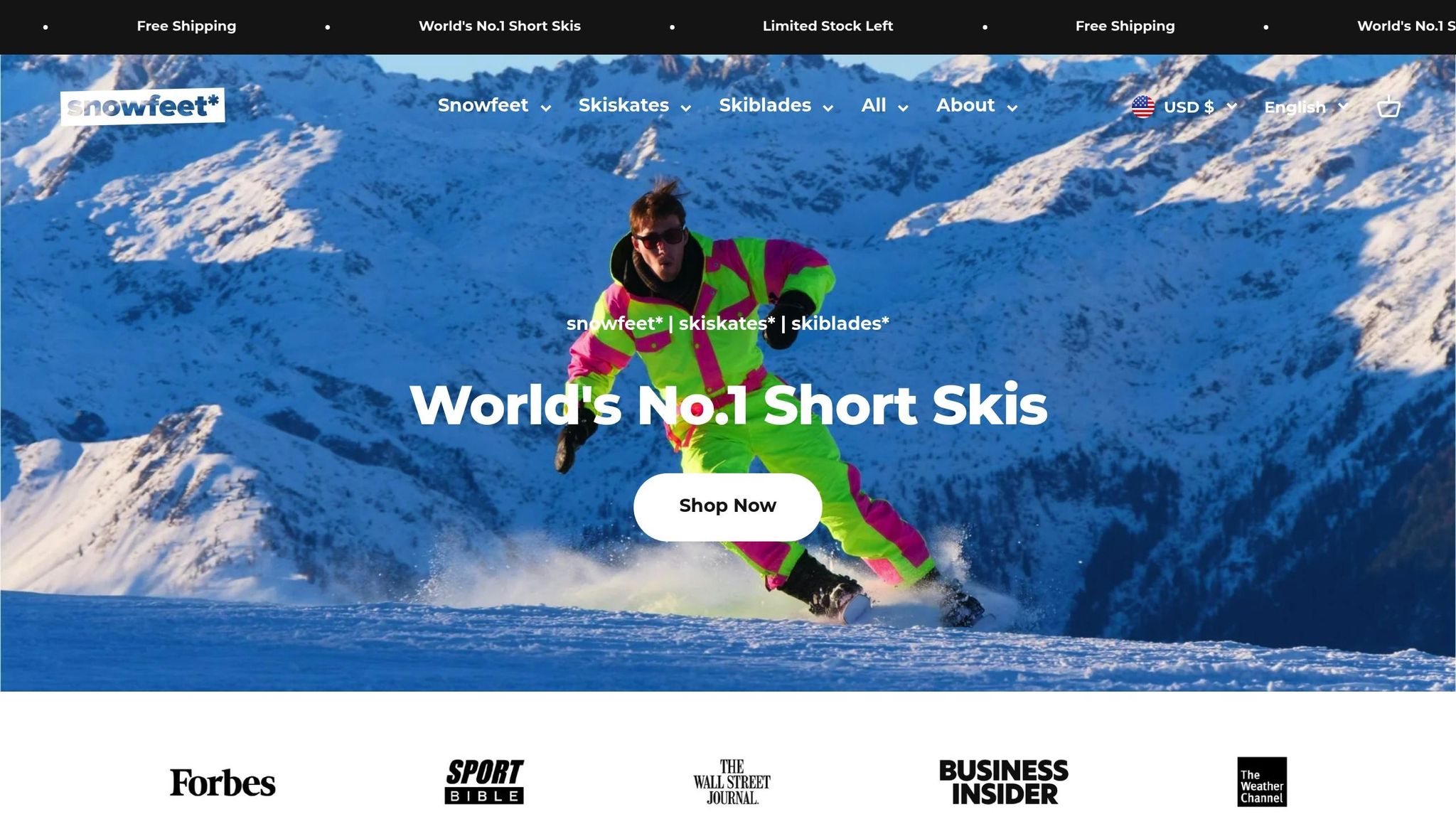
Snowfeet Skiblades bieten eine Mischung aus Kontrolle und Leistung, perfekt für präparierte Pisten. Erhältlich in 65 cm, 99 cm und 120 cm Längen, verbinden sie Präzision mit Power. Ihr Design baut auf der zuvor erwähnten reaktionsschnellen Performance auf.
Schnelle Kurvenreaktion
Die kürzere Länge dieser Skiblades ermöglicht enge, präzise Kurven und macht sie ideal für verschiedene Pistenbedingungen. So verhalten sie sich auf unterschiedlichen Geländen:
| Geländemerkmal | Leistungsvorteil |
|---|---|
| Steile präparierte Pisten | Einfachere Kurveneinleitung |
| Buckelpistenabschnitte | Bessere Kontrolle für schnelle Bewegungen |
| Schmale Trails | Ausgezeichnete Manövrierfähigkeit |
| Terrain Parks | Zuverlässige Kantenkontrolle |
"Mit kurzen Skiern wird das Drehen zum Kinderspiel... kürzere Ski geben dir mehr Kontrolle und Agilität." - Snowfeet Team
Einfach zu tragen
Ein herausragendes Merkmal ist die Portabilität. Im Gegensatz zu traditionellen Skiern, die sperrige Taschen oder Dachgepäckträger erfordern, sind Snowfeet Skiblades viel einfacher zu transportieren. Das 65-cm-Modell passt sogar in einen normalen Rucksack, während die 99-cm- und 120-cm-Optionen immer noch viel bequemer zu tragen sind als Standard-Ski.
Kompatibel mit mehreren Stiefeln
Diese Skiblades funktionieren mit verschiedenen Stiefeltypen dank ihrer verstellbaren Bindungen. Sie passen für US-Größen 4,5–14,5 (EU 36–49) und sind sowohl für Ski- als auch Snowboard-Stiefel geeignet. Das bedeutet, dass du keine speziellen Stiefel benötigst, was sie zu einer großartigen Wahl für Freizeit-Skifahrer und solche macht, die gerne den Stil wechseln.
Wichtige Merkmale des Bindungssystems sind:
- Kompatibilität mit Standard-Skischuhen
- Unterstützung für Snowboard-Stiefel (US-Größen 6–14,5)
- Schnell verstellbare Bindungen für eine schnelle und einfache Einrichtung
Ausrüstung passend zum Können
Die Wahl der richtigen Ausrüstung für dein Können kann sowohl deine Leistung als auch dein Selbstvertrauen auf präparierten Pisten steigern.
Fokus auf fortgeschrittene Technik
Carving-Ski sind für Skifahrer konzipiert, die Präzision priorisieren. Sie bieten exzellente Kantenkontrolle und ermöglichen scharfe, saubere Kurven auf präparierten Pisten. Diese Ski sind perfekt für fortgeschrittene Skifahrer, die ihre technischen Carving-Fähigkeiten verfeinern. Ihr spezielles Design zeigt, wie Skitechnologie auf unterschiedliche Erfahrungsstufen abgestimmt werden kann.
All-Terrain-Leistung
Wenn Vielseitigkeit wichtiger ist als Carving-Präzision, sind All-Mountain-Ski eine großartige Wahl. Sie bieten eine ausgewogene Kombination aus Kantengriff und einfacher Manövrierbarkeit, was sie ideal für fortgeschrittene Skifahrer macht, die gerne abseits der präparierten Pisten unterwegs sind.
"Die Wahl des richtigen Skis hängt von deinem Können, der Art des Skifahrens und den Bedingungen ab, unter denen du fahren wirst." - Snowfeet Team
Richtig starten
Für Anfänger sind die 65 cm Snowfeet Skiblades eine ausgezeichnete Wahl. Sie bieten bessere Kontrolle und Stabilität, was das Lernen und Selbstvertrauen stärkt.
Hauptmerkmale für Anfänger:
- Leichteres Anfahren und Kontrollieren von Kurven
- Geringere Gefahr, die Kanten zu erwischen
- Verbessertes Gleichgewicht und Stabilität
- Schnellere Fertigkeitsentwicklung
Die Snowfeet Produktlinie umfasst Längen von 65 cm (ca. 26 Zoll), 99 cm (etwa 39 Zoll) und 120 cm (fast 47 Zoll). Diese Optionen ermöglichen Anfängern eine natürliche Weiterentwicklung. Die Modelle mit 99 cm und 120 cm sind ein guter Mittelweg, der die Lücke zwischen anfängerfreundlichen kürzeren Ski und traditionellen Längen schließt. Sie bieten einfache Handhabung und unterstützen den Fortschritt.
Deine Wahl treffen
Nachdem wir Leistung und Design behandelt haben, ist es Zeit, diese Merkmale mit deinem Fahrstil abzugleichen. Hier eine Übersicht, die dir hilft zu entscheiden, welche Option am besten zu dir passt.
Carving-Ski sind perfekt für präparierte Pisten. Mit schmaler Taille und aggressivem Sidecut bieten sie präzise Kantenkontrolle und sind ideal für technisches Skifahren auf gut gepflegten Hängen.
All-Mountain-Ski hingegen setzen auf Vielseitigkeit. Obwohl sie auf präparierten Pisten nicht die Präzision von Carving-Ski erreichen, bieten sie soliden Kantengriff und Stabilität, was sie zur idealen Wahl für das Erkunden unterschiedlicher Gelände macht.
Snowfeet Skiblades verbinden die Präzision von Carving-Ski mit unvergleichlicher Agilität. Das 65-cm-Modell eignet sich besonders gut für enge, technische Hänge und bietet ein einzigartiges Erlebnis.
Vergleich der Hauptmerkmale
| Merkmal | Carving-Ski | All-Mountain | Snowfeet Skiblades |
|---|---|---|---|
| Kantenkontrolle | Ausgezeichnet | Gut | Sehr Gut |
| Kurvenradius | Eng | Mittel | Ultra-Eng |
| Stabilität bei Geschwindigkeit | Hoch | Hoch | Mäßig |
| Tragbarkeit | Begrenzt | Begrenzt | Ausgezeichnet |
| Fähigkeitsniveau | Experten | Fortgeschrittene | Alle Niveaus |
Diese Tabelle hebt die wichtigsten Leistungsunterschiede hervor und hilft Ihnen, sich vorzustellen, wie jede Option zu Ihren Zielen passt.
- Wenn Sie es lieben, perfekte Schwünge auf präparierten Pisten zu carven, wählen Sie traditionelle Carving-Ski oder längere Snowfeet-Modelle.
- Für diejenigen, die Vielseitigkeit mit solider Leistung auf präparierten Pisten suchen, sind All-Mountain-Ski eine verlässliche Wahl.
- Wenn Agilität und schnelle Reaktion Ihre Prioritäten sind und Sie dennoch eine gute Kantenkontrolle behalten möchten, sind Snowfeet Skiblades eine einzigartige und aufregende Option für Skifahrer aller Könnerstufen.
FAQs
Was ist der Unterschied zwischen Carving-Ski und All-Mountain-Ski in Bezug auf Kantengriff und Kurvenverhalten auf präparierten Pisten?
Carving-Ski sind speziell für präparierte Pisten entwickelt und bieten außergewöhnlichen Kantengriff und präzises Drehen. Ihre schmalere Taille und der ausgeprägte Sidecut machen sie ideal für scharfe, kontrollierte Kurven auf hartem Schnee. Wenn du auf Leistung fokussiert bist und das Gefühl von sanften, sauberen Carves liebst, sind Carving-Ski die richtige Wahl.
All-Mountain-Ski sind hingegen auf Vielseitigkeit ausgelegt. Obwohl sie präparierte Pisten bewältigen können, erreichen sie nicht die Präzision und Kantengriff von Carving-Ski aufgrund ihres breiteren Profils und weniger aggressiven Sidecuts. Sie sind jedoch eine gute Wahl, wenn du einen Ski möchtest, der unter verschiedenen Bedingungen gut funktioniert, einschließlich Pulverschnee und Off-Piste-Gelände.
Was sollten fortgeschrittene Skifahrer beachten, wenn sie zwischen All-Mountain-Ski und Snowfeet Skiblades für präparierte Pisten wählen?
Fortgeschrittene Skifahrer sollten ihre Ziele, ihren Fahrstil und das bevorzugte Gelände berücksichtigen, wenn sie zwischen All-Mountain-Ski und Snowfeet Skiblades wählen. All-Mountain-Ski sind vielseitig und leisten gute Dienste unter verschiedenen Bedingungen, was sie zu einer soliden Wahl für diejenigen macht, die gerne unterschiedliche Gelände- und Schneetypen erkunden. Sie bieten auch Stabilität bei höheren Geschwindigkeiten und sind ideal, um Vertrauen auf präparierten Pisten aufzubauen.
Andererseits bieten Snowfeet Skiblades eine kompakte und innovative Option, die beim kontrollierten Carven und schnellen Manövrieren auf präparierten Pisten glänzt. Ihre kürzere Länge macht sie leichter zu handhaben, besonders für Skifahrer, die ein spaßiges, dynamisches Erlebnis ohne das Volumen traditioneller Ski suchen. Letztendlich hängt die Entscheidung von deiner Vorliebe für Vielseitigkeit versus Agilität ab und davon, wie du die Pisten genießen möchtest.
Sind Snowfeet Skiblades eine gute Wahl für fortgeschrittene Skifahrer, die gerne auf präparierten Pisten carven?
Absolut! Snowfeet Skiblades sind eine ausgezeichnete Wahl für fortgeschrittene Skifahrer, die das Carven auf präpariertem Terrain lieben. Ihre kürzere Länge verbessert die Kontrolle und Agilität, was das Ausführen präziser Kurven und schneller Anpassungen erleichtert. Das macht sie perfekt für Skifahrer, die scharfen Kantengriff und dynamische Manövrierfähigkeit priorisieren.
Außerdem sind Snowfeet Skiblades vielseitig genug, um eine Vielzahl von Bedingungen jenseits präparierter Pisten zu meistern, und bieten eine spaßige und innovative Alternative zu traditionellen Carving-Ski. Egal, ob du kompakte Leistung oder eine neue Herausforderung suchst, diese Skiblades bieten ein einzigartiges Erlebnis, das auf Carving-Enthusiasten zugeschnitten ist.

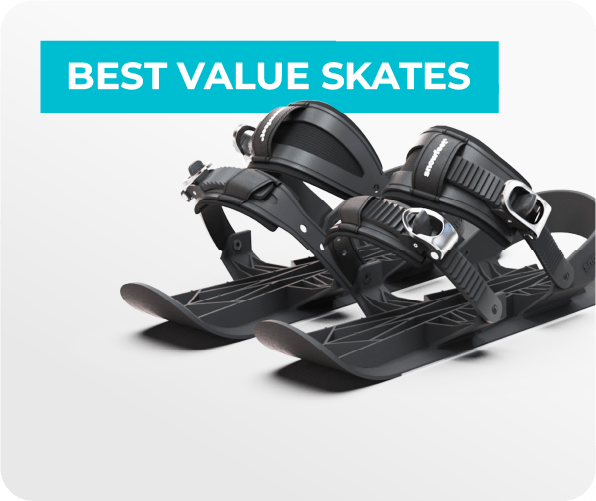
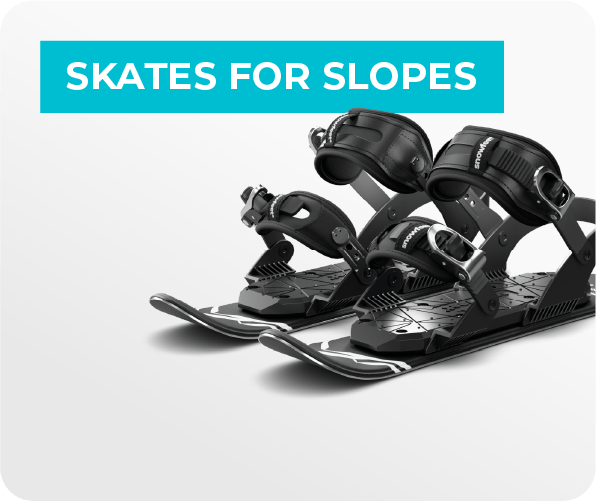
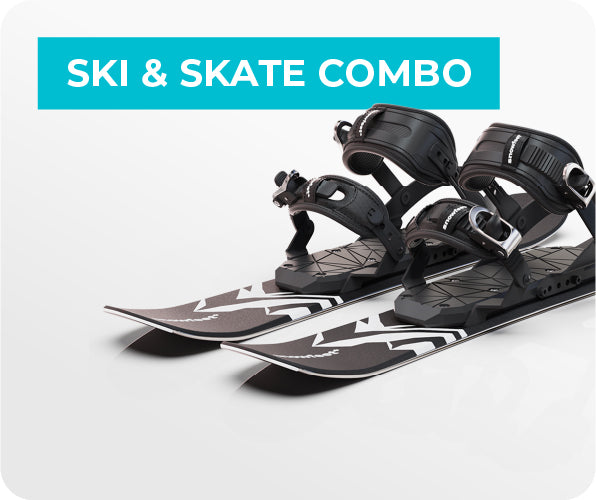
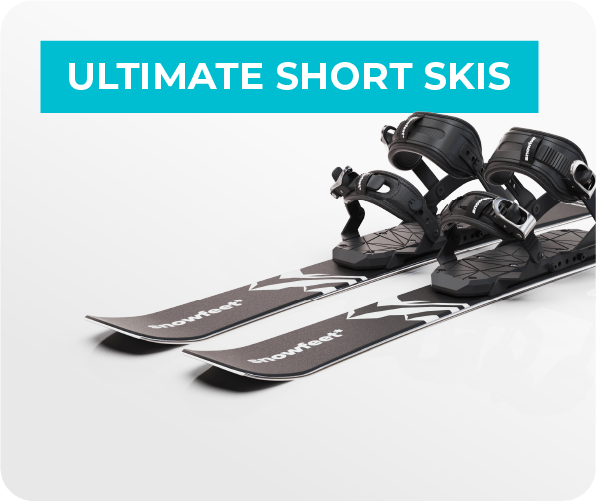
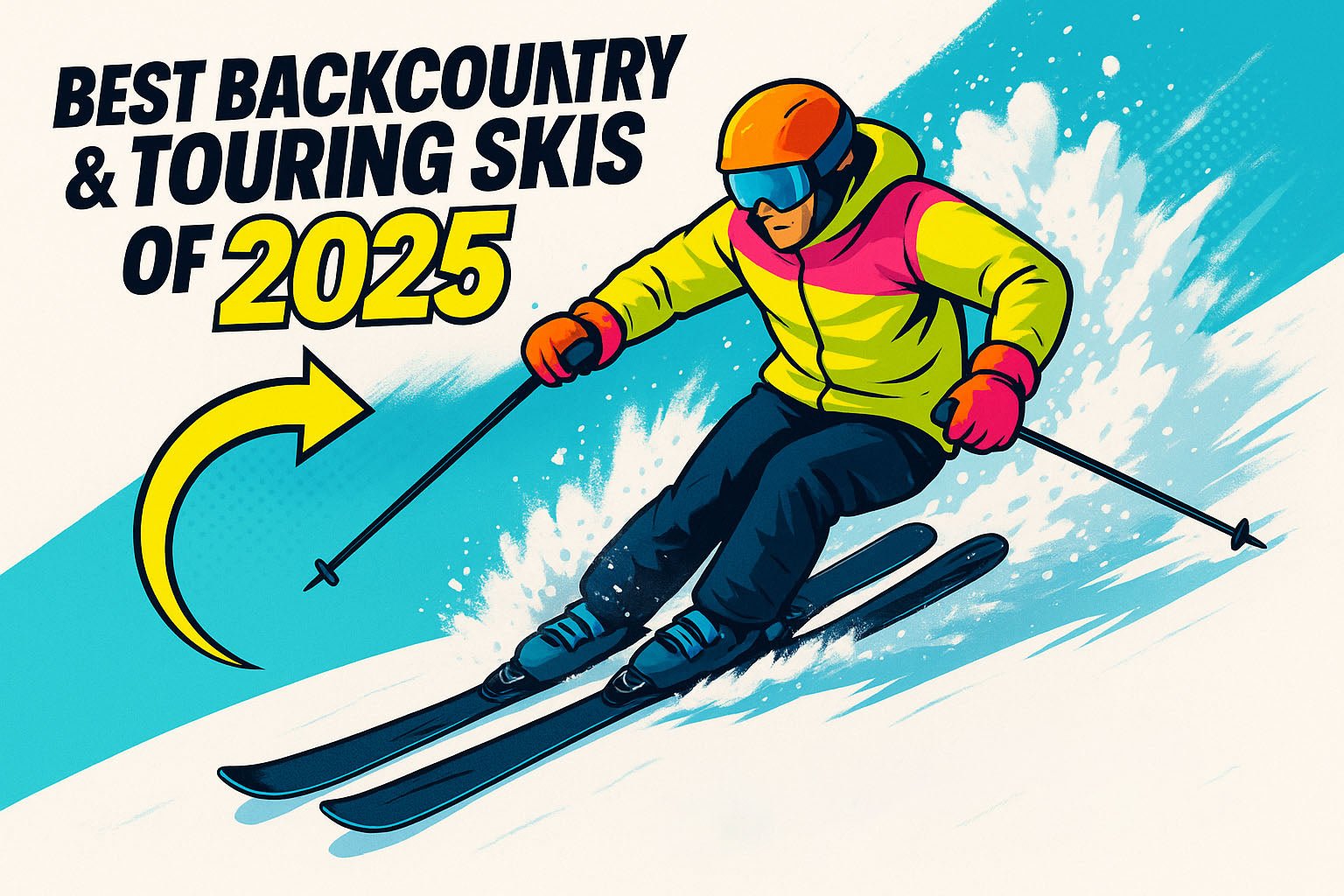
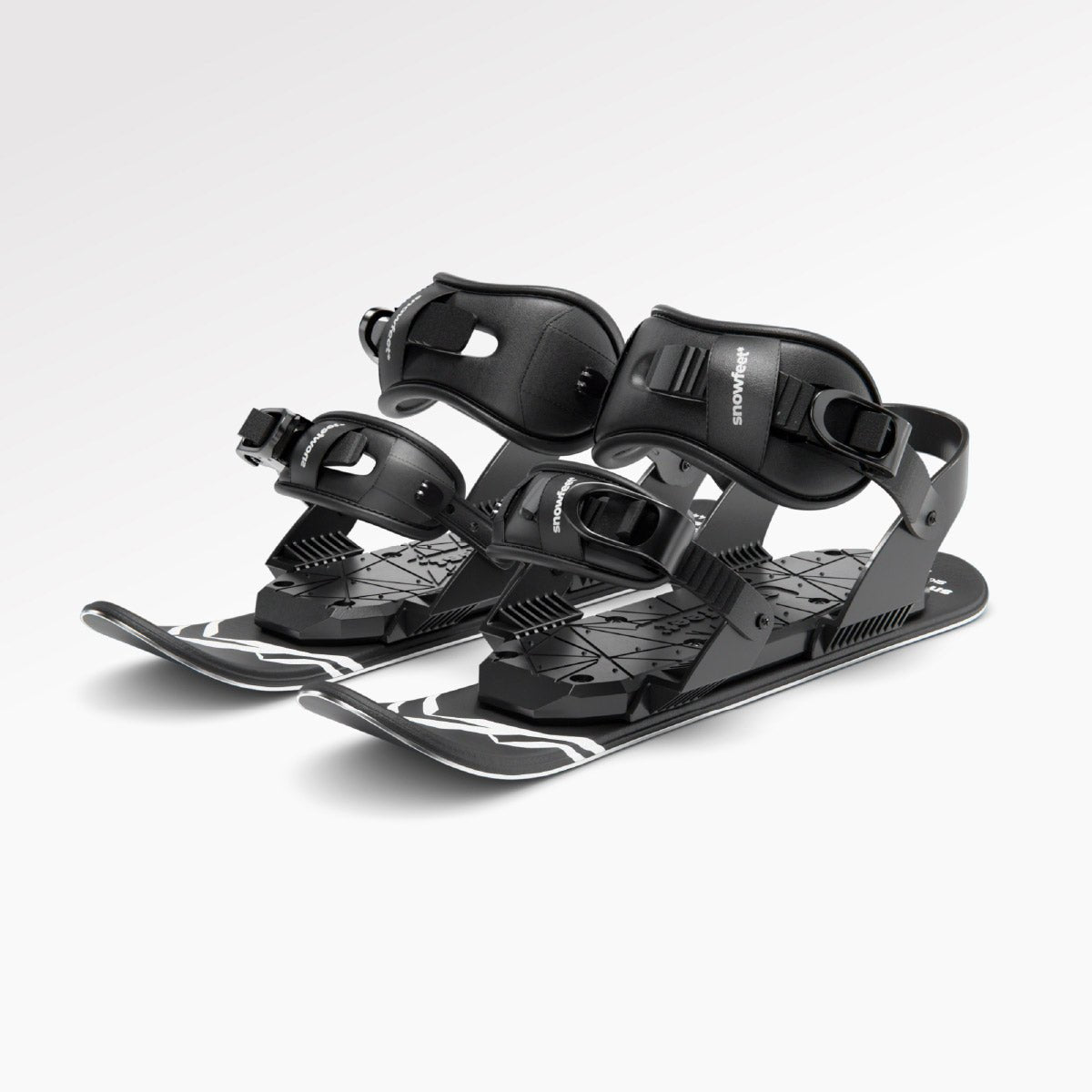
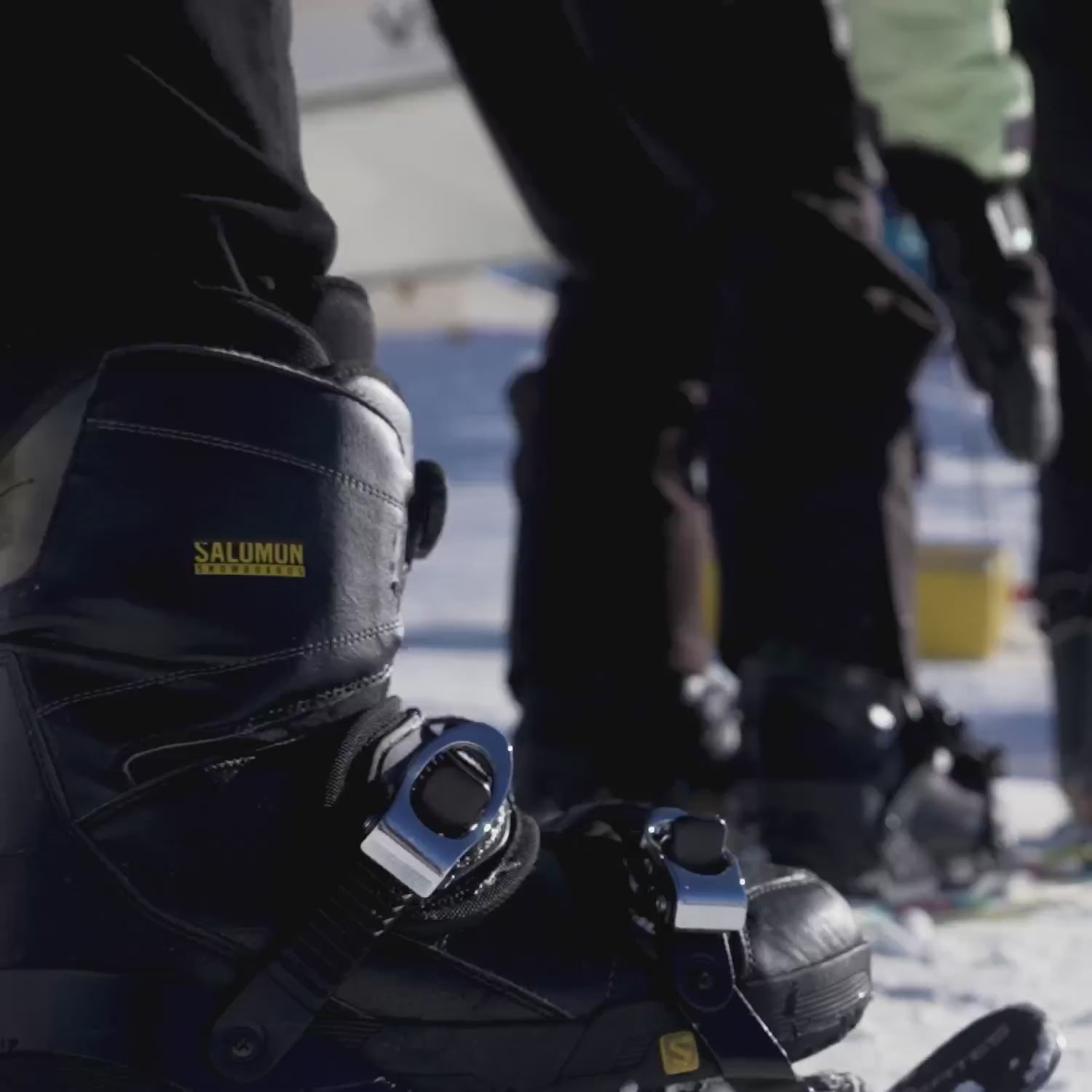
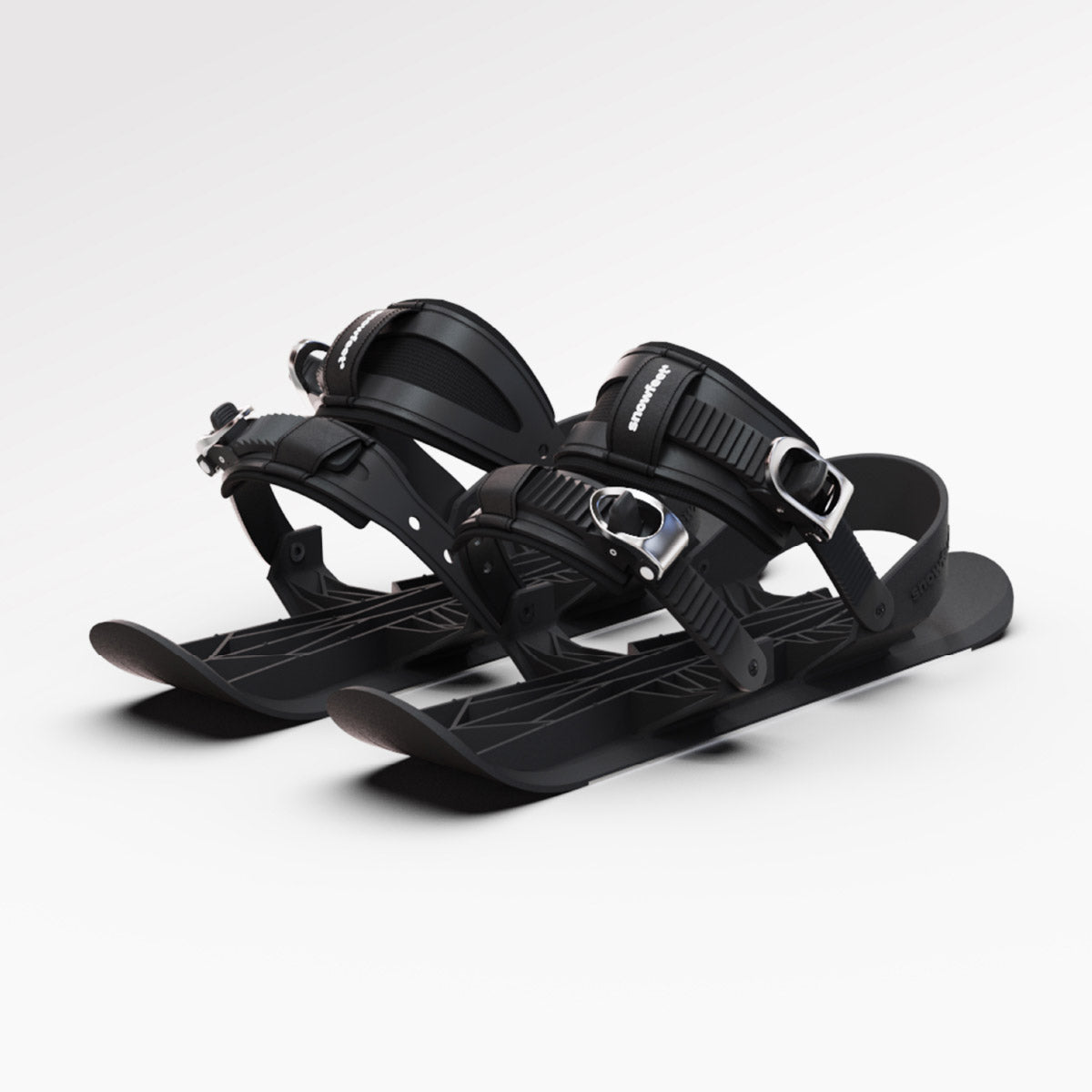

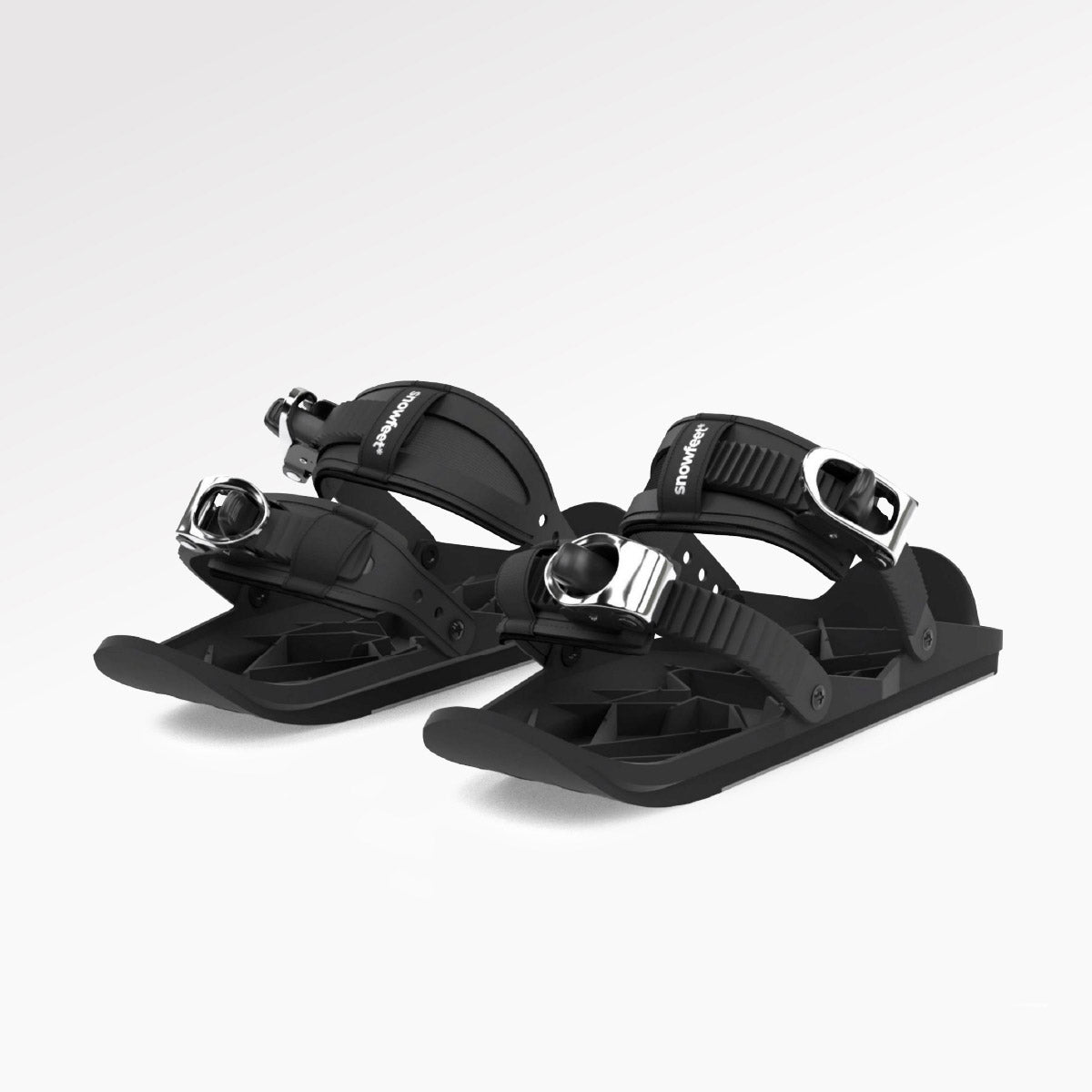
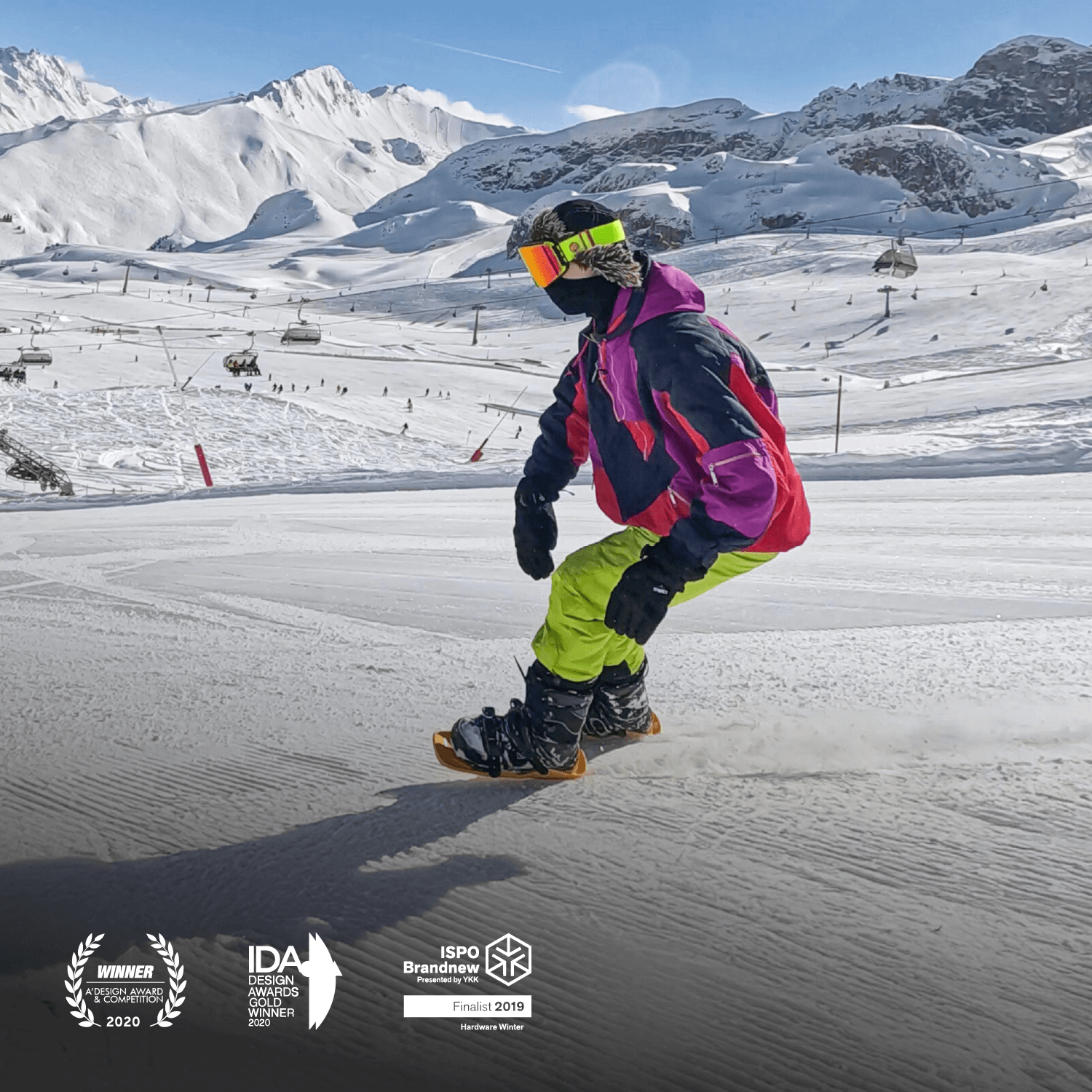
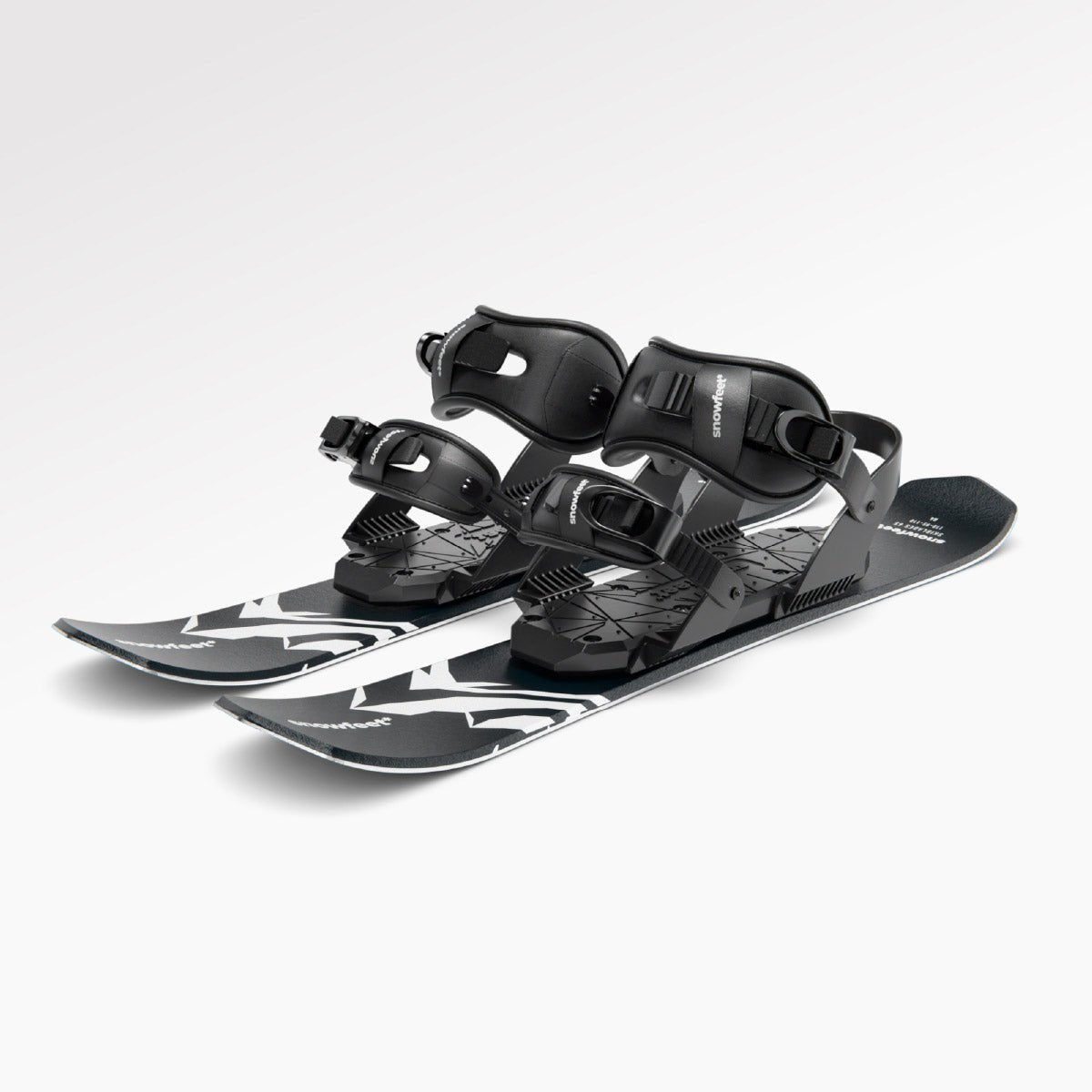
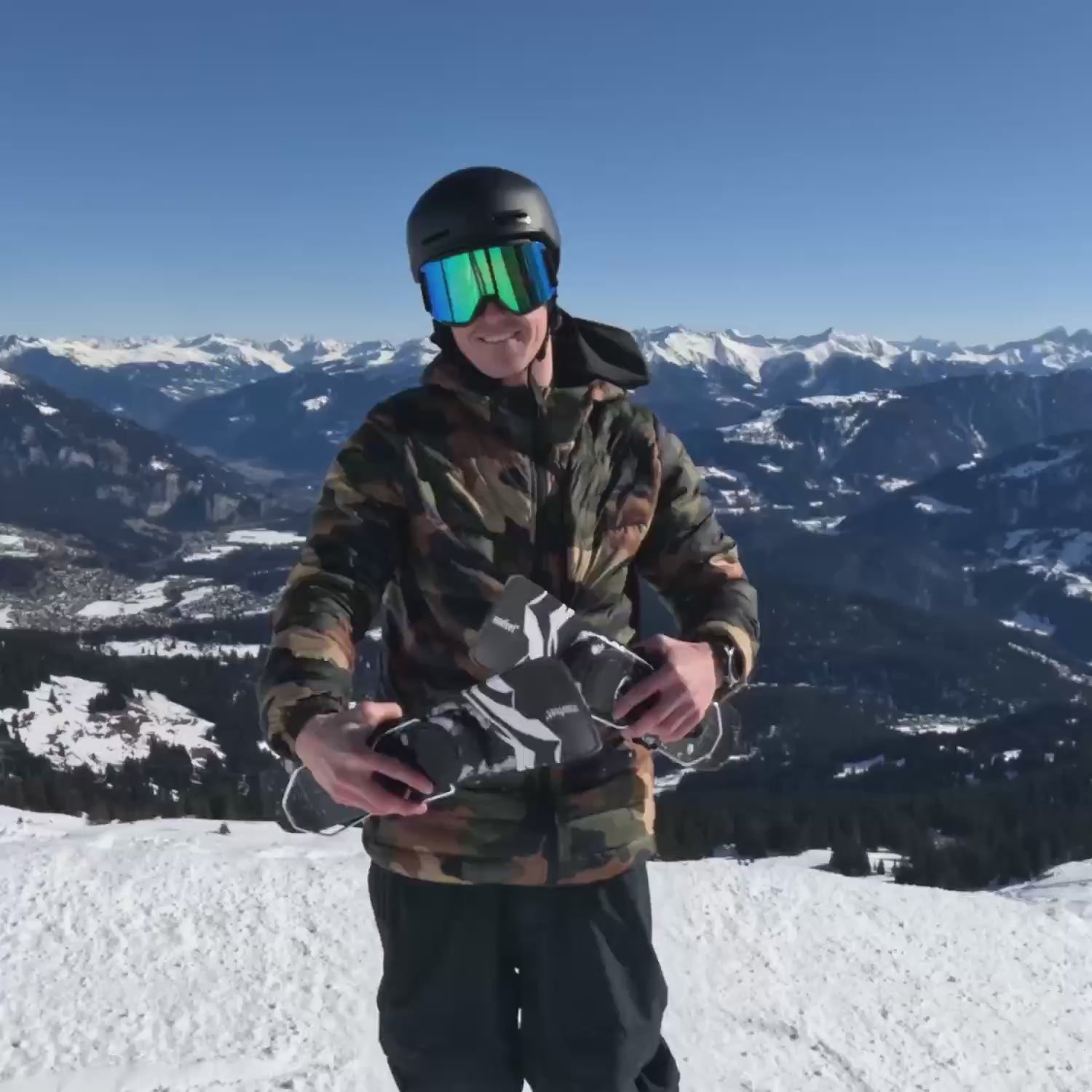
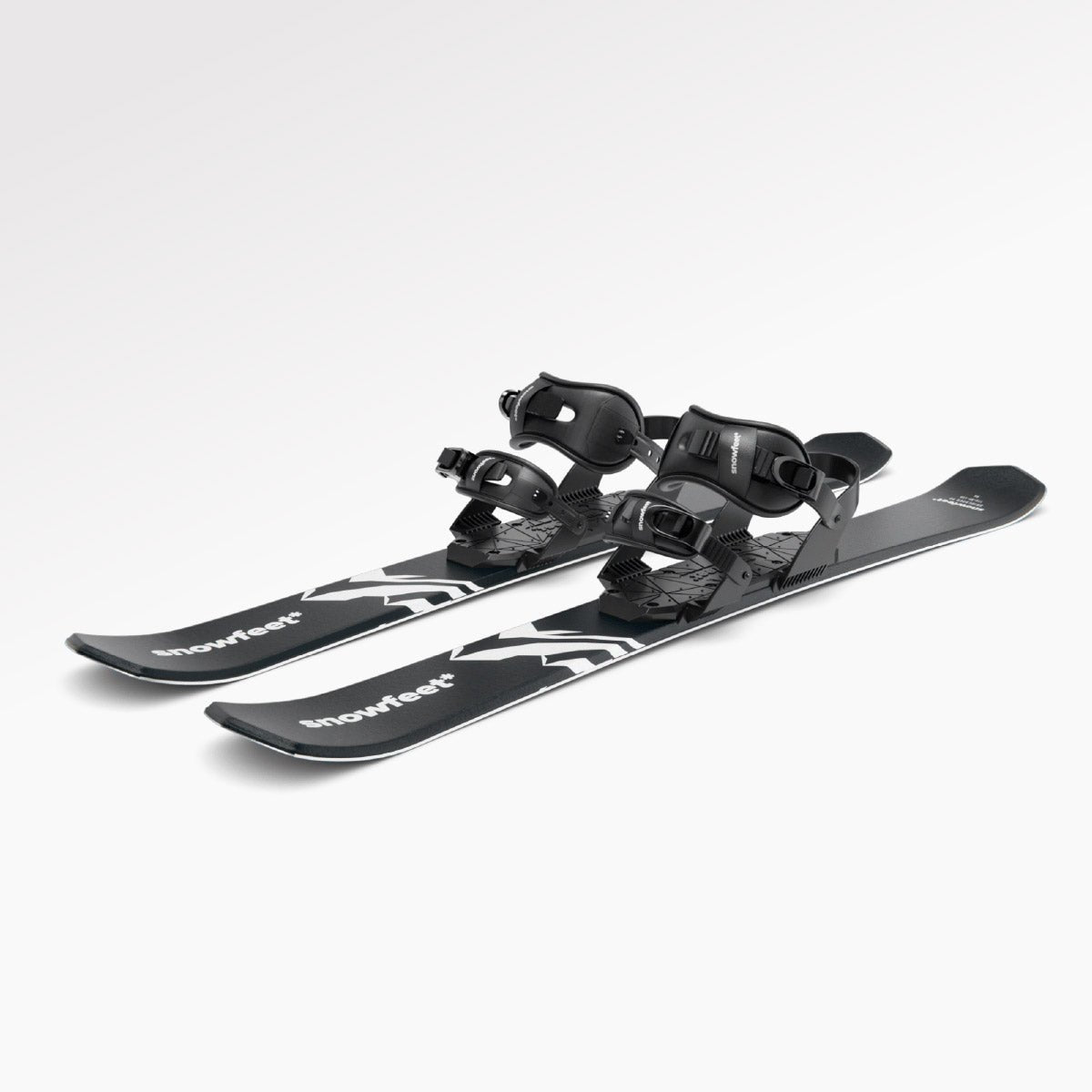
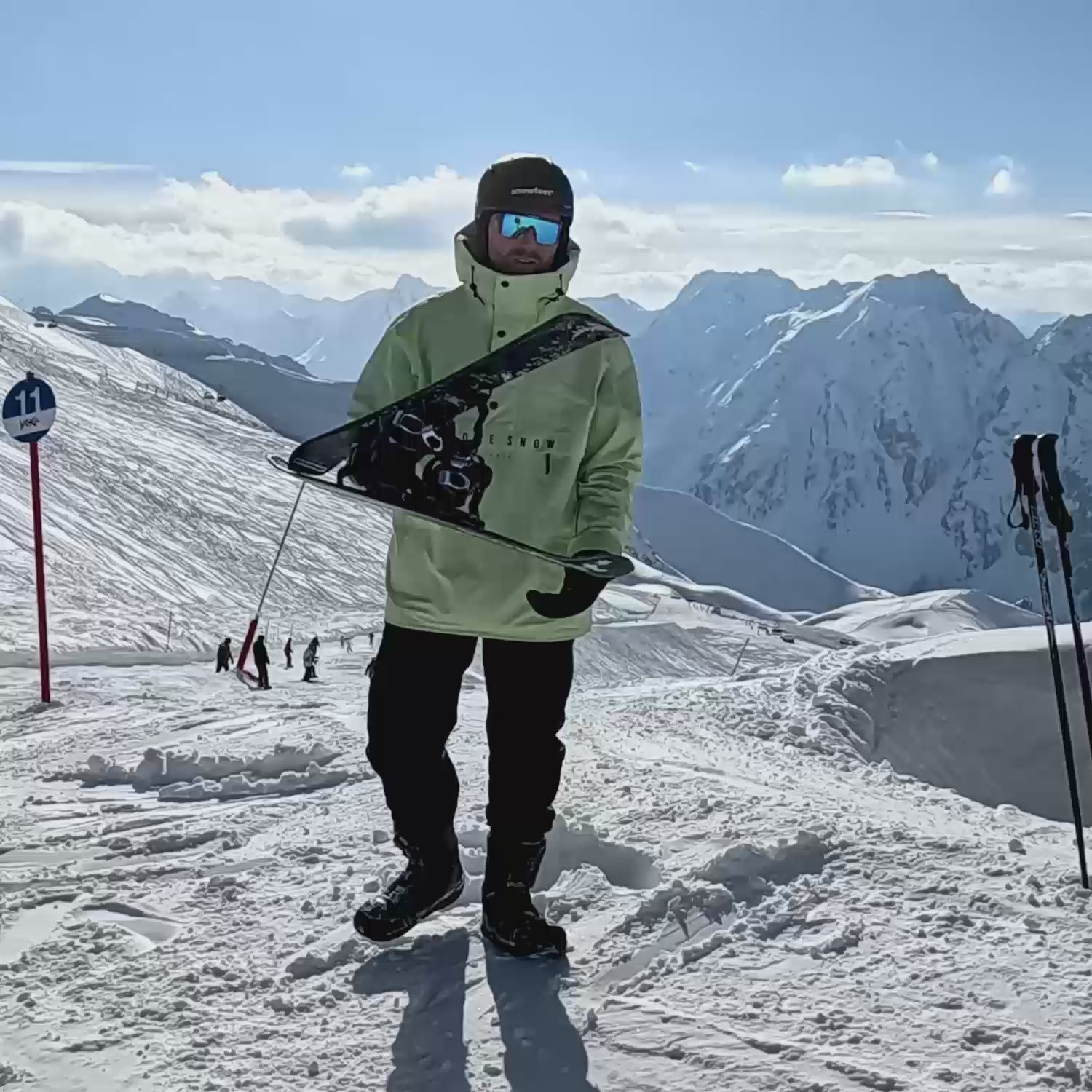
Einen Kommentar hinterlassen
Diese Website ist durch hCaptcha geschützt und es gelten die allgemeinen Geschäftsbedingungen und Datenschutzbestimmungen von hCaptcha.